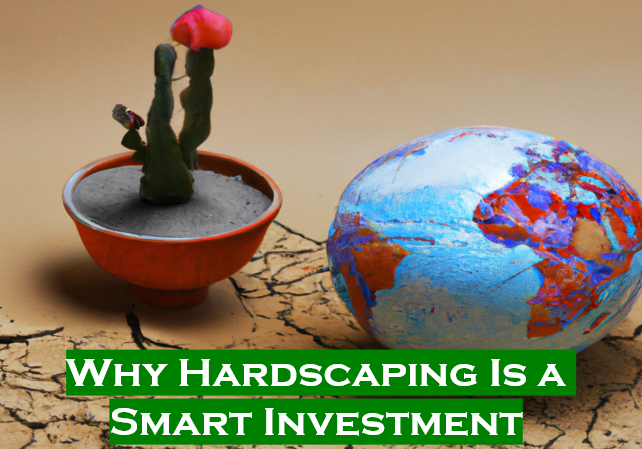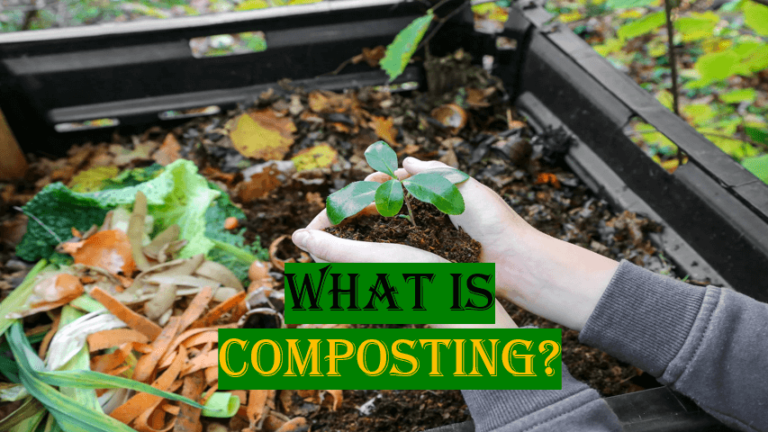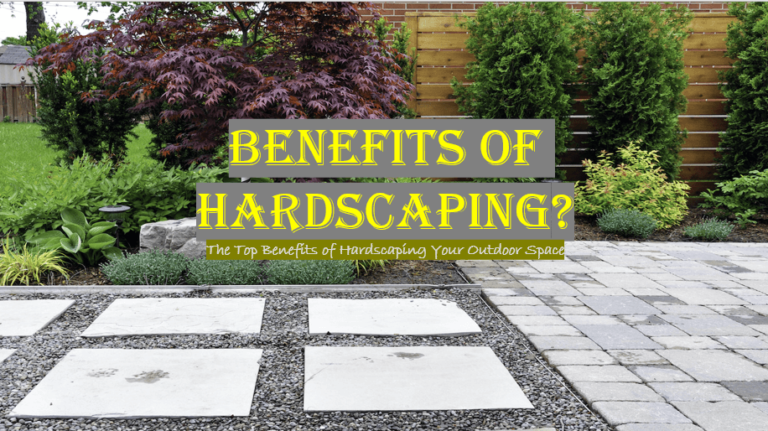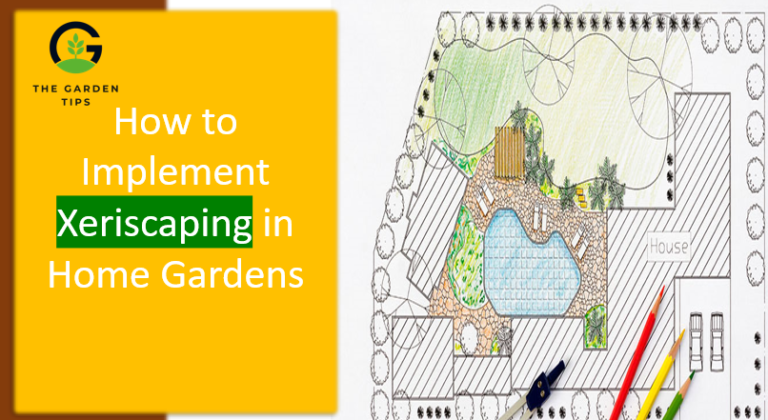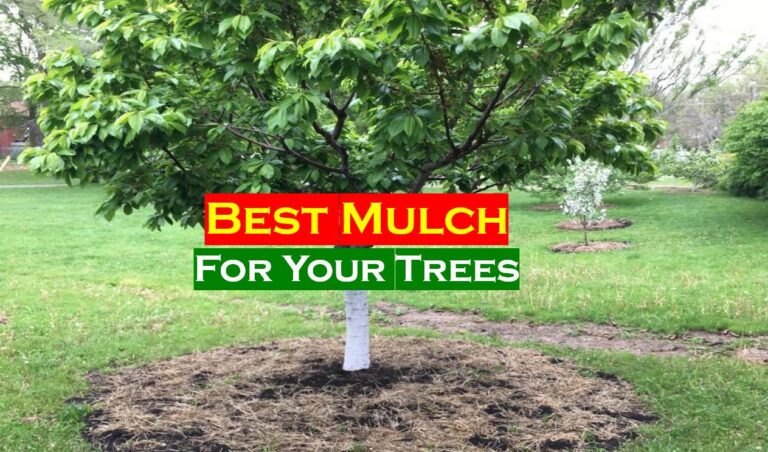Mulch is an essential component of vegetable gardening, as it helps to maintain soil moisture, suppress weed growth, and improve soil structure. Several mulch options are available to gardeners, each with its own pros and cons. In this article, we will discuss the best mulches for vegetable gardens and delve into the benefits and drawbacks of each.
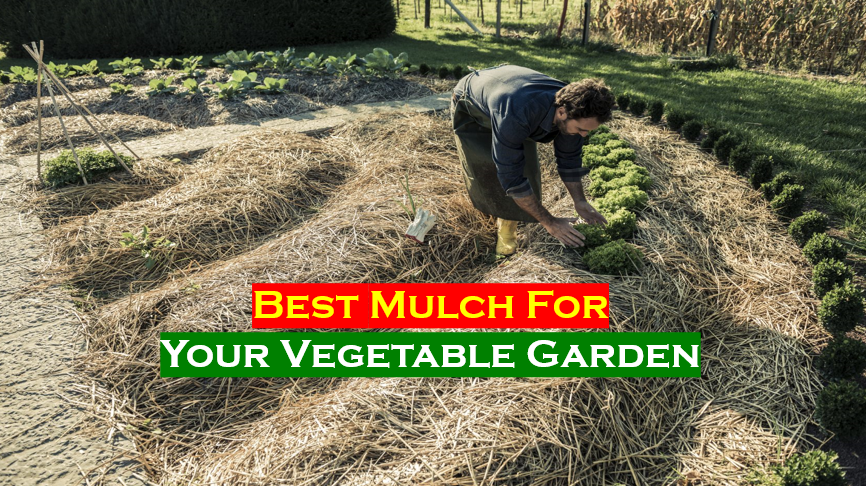
Mulching is an important aspect of vegetable gardening as it helps to retain moisture, suppress weeds, and improve soil structure. Here are some of the best mulch material for vegetable garden, along with their pros and cons.
6 Best Mulch in Vegetable Gardens
1. Straw
Pros:
- Inexpensive and readily available
- Biodegradable and easy to remove at the end of the season
Cons:
- It can be a breeding ground for pests like slugs and snails
- It can contain weed seeds
- Can blow away in windy conditions
2. Grass clippings
Pros:
- Free and easy to obtain if you have a lawn
- Biodegradable and easy to remove at the end of the season
- It provides good insulation for roots
Cons:
- It can contain weed seeds
- It can contain chemicals if treated with pesticides or fertilizers
- Can blow away in windy conditions
3. Shredded leaves
Pros:
- Inexpensive and easy to obtain
- Biodegradable and easy to remove at the end of the season
- For roots, it effectively insulates.
Cons:
- It can contain weed seeds
- Can blow away in windy conditions
4. Compost
Pros:
- It provides a rich source of nutrients for plants
- It helps to improve soil structure
- Biodegradable and easy to remove at the end of the season
Cons:
- It can be expensive to purchase
- It can contain weed seeds if not properly made
5. Black plastic
Pros:
- Suppresses weeds effectively
- Retains moisture well
- Can increase soil temperature
Cons:
- Not biodegradable and difficult to remove at the end of the season
- It can become too hot in summer, potentially damaging plants
- Not environmentally friendly
6. Bark or wood chips
Pros:
- Suppresses weeds effectively
- Retains moisture well
- It provides good insulation for roots
Cons:
- Not biodegradable and difficult to remove at the end of the season
- It can become too hot in summer, potentially damaging plants
- Can attract pests like termites
Learn About How to Apply Mulch in a vegetable garden
To apply Mulch in a vegetable garden, you have to:
Clean the bed: Remove any existing weeds, old plant debris, and debris from the bed where you will apply the Mulch.
Spread a layer: Spread a 2- to 3-inch layer of Mulch evenly over the bed, making sure to leave a gap around the stems of the plants to prevent rot.
Water the bed: Water it thoroughly after applying the Mulch to help it settle into the soil.
Replenish as needed: Add more Mulch, especially after heavy rains or strong winds, to maintain a consistent layer.
Avoid over-mulching: Avoid applying Mulch too thickly, as this can lead to poor water infiltration and encourage the growth of fungal diseases.
Following these steps, you can successfully apply Mulch in a vegetable garden and enjoy its benefits, including improved soil health, weed suppression, and water conservation.
Final Verdict
The best Mulch for a vegetable garden will depend on various factors, including the type of vegetables being grown, the climate, and personal preference. However, one of the best mulches for a vegetable garden is compost. Compost combines decomposed organic matter rich in nutrients and beneficial microorganisms. It improves soil structure, increases water retention, and provides a slow release of nutrients to plants. Additionally, using compost as Mulch helps reduce the waste that goes to landfills and returns it to the soil.
In conclusion, the best Mulch for a vegetable garden is compost. It provides many benefits to the soil and plants and is eco-friendly. However, it is important to remember that other types of Mulch can also be effective, and the best Mulch will depend on individual growing conditions and preferences.


